Optical Elevator
| Vic | 20/09/2023 09:38:03 |
| 3453 forum posts 23 photos | Or a Laboratory Jack? For some time now I’ve thought that a Lab Jack would come in useful for desk top photography projects. In fact I’ve seen some in use on the net for Macro photography. Lab Jacks look pretty flimsy but are quite affordable, often in the £15 to £30 range for a 100mm model. Then you get the top of the range Optical Elevator, purpose built bits of precision at often eye watering prices. I’m now wondering if I should make my own, possibly something half way between the two. Have any of you made anything like this? Laboratory Jack.
|
| Michael Gilligan | 20/09/2023 09:57:21 |
23121 forum posts 1360 photos | I have one like your first illustration, Vic … and the build-quality is dire … It’s in pieces at the moment, waiting for me to gather enough enthusiasm to ream all the holes to an appropriate size. Likelihood is that I won’t ever bother I have a bigger, and much better, table available [see edit] … and a wide assortment of smaller devices. . I suggest you think carefully about what size of platform you actually need , Excuse the cheap pun, but: that blue one is “jack of all trades and master of none’ MichaelG. . Edit: __ have a look here https://www.model-engineer.co.uk/forums/postings.asp?th=184518 Edited By Michael Gilligan on 20/09/2023 10:02:47 |
| Martin Connelly | 20/09/2023 13:02:44 |
2549 forum posts 235 photos | I bought one like the blue one for use at work. It was only for putting a dumpy level on to raise it off the floor to the level of a benchmark on a large fabrication and for that it worked fine. As this use did not require that the platform be level or able to take large loads or stay parallel to the base at all times I was happy to buy the cheapest off the shelf item available. The cost of designing and making something to suit in a factory that had hourly cost rates going from £40/hour upwards meant off the shelf was the best option. Martin C |
| Vic | 20/09/2023 13:42:46 |
| 3453 forum posts 23 photos | Thank you very much for your comments Michael, you’ve confirmed my fears. I think the 100mm platform is a little too small. I’ve seen a company on eBay selling laser cut alloy squares in 100, 125, 150 and 200mm in various thicknesses. I believe the 125mm would be ideal for my purpose. At about £22 for a pair in 8mm thick this could be a good start for a home project. I expect I’d need to spend another £20 or £30 for some other bits and pieces for the build. Like many folks I have a long list of jobs to do and I need to come up with as simple as possible design and come up with a drawing. These two don’t look too daunting. Neither are that expensive but the first one is too small and the other is not available for delivery to the UK.
|
| Vic | 20/09/2023 13:57:45 |
| 3453 forum posts 23 photos | I noticed that with the inexpensive Lab Jacks they have a combined left and right hand thread on the adjuster. The higher you raise the platform the further the knob sticks out. The other units I’ve posted seem to have a fixed knob so can I assume it’s just a conventional thread? Sadly I can’t see from the pictures.
|
| Clive Foster | 20/09/2023 14:10:16 |
| 3630 forum posts 128 photos | +1 for what Micheal says about the blue one. Even the good versions are pretty poor and quite unable to lift any sort of load with sensible stability. For best behaviour the load needs to be in-line with the cross arm centre pivots and no wider than the end arm span at the chosen lift. If it's a pointing or sighting thing the axis should run sideways rather than longitudinally. Used like that the thing is generally adequately stable once set but what happens during elevation tends to be inconsistent. Realistically precision behaviour is asking too much of the concept. However carefully fitted the holes are. It's basically a load stabilised system but it's not really strong enough to take the load it needs to achieve proper stability. For DIY best to copy the bottom one. The single piece nature of the pivoting "hinge" arms gives you the best chance of combining positive alignment with nominal zero play in the joints. The ones with a multitude of separate arms with sliding rods for alignment require things to be made to very close tolerances if the end result is not to prove excessively wobbly. The third variety down looks good and has a minimal parts count but there are issues with the sliding block and plate that stop it from tilting. Had a couple like that made by a respected optical lab equipment maker in the lab at RARDE / DERA / DRA and they just didn't work very well. Certainly the last ones out of the cupboard and first ones on the loan list. As I recall matters the bottom slide assembly was the culprit. Clive |
| Mark Rand | 20/09/2023 14:37:39 |
| 1505 forum posts 56 photos | I quite like the arrangement of the last (fifth) one. The way that the extra set of pivoting legs restrains the table in the second axis with fewer parts than the secong and third ones. Still complex, but clever. |
| Dalboy | 20/09/2023 15:02:19 |
1009 forum posts 305 photos | I do like the second and third idea with the double scissor assembly as this will give the best stability when fully raise unlike the cheap blue one where the scissor assembly ends up to one side |
| Clive Foster | 20/09/2023 15:02:21 |
| 3630 forum posts 128 photos | Mark There is complexity and there is complexity! If I recall correctly from the ones I've seen of that type only uses three each of two styles of arm with all the pivots machined integrally. So given a decent set uplifts probably relatively easy to machine and get all the pivots nice fitting and in the right place. The other styles generally have rather more parts, albeit simpler, but tolerance requirements will still be similar. I suspect that when you get down to it machining and assmbly time will be similar. Clive |
Please login to post a reply.
Want the latest issue of Model Engineer or Model Engineers' Workshop? Use our magazine locator links to find your nearest stockist!
Sign up to our newsletter and get a free digital issue.
You can unsubscribe at anytime. View our privacy policy at www.mortons.co.uk/privacy
- *Oct 2023: FORUM MIGRATION TIMELINE*
05/10/2023 07:57:11 - Making ER11 collet chuck
05/10/2023 07:56:24 - What did you do today? 2023
05/10/2023 07:25:01 - Orrery
05/10/2023 06:00:41 - Wera hand-tools
05/10/2023 05:47:07 - New member
05/10/2023 04:40:11 - Problems with external pot on at1 vfd
05/10/2023 00:06:32 - Drain plug
04/10/2023 23:36:17 - digi phase converter for 10 machines.....
04/10/2023 23:13:48 - Winter Storage Of Locomotives
04/10/2023 21:02:11 - More Latest Posts...
- View All Topics
- Reeves** - Rebuilt Royal Scot by Martin Evans
by John Broughton
£300.00 - BRITANNIA 5" GAUGE James Perrier
by Jon Seabright 1
£2,500.00 - Drill Grinder - for restoration
by Nigel Graham 2
£0.00 - WARCO WM18 MILLING MACHINE
by Alex Chudley
£1,200.00 - MYFORD SUPER 7 LATHE
by Alex Chudley
£2,000.00 - More "For Sale" Ads...
- D1-3 backplate
by Michael Horley
Price Not Specified - fixed steady for a Colchester bantam mark1 800
by George Jervis
Price Not Specified - lbsc pansy
by JACK SIDEBOTHAM
Price Not Specified - Pratt Burnerd multifit chuck key.
by Tim Riome
Price Not Specified - BANDSAW BLADE WELDER
by HUGH
Price Not Specified - More "Wanted" Ads...
Do you want to contact the Model Engineer and Model Engineers' Workshop team?
You can contact us by phone, mail or email about the magazines including becoming a contributor, submitting reader's letters or making queries about articles. You can also get in touch about this website, advertising or other general issues.
Click THIS LINK for full contact details.
For subscription issues please see THIS LINK.
Model Engineer Magazine
- Percival Marshall
- M.E. History
- LittleLEC
- M.E. Clock
ME Workshop
- An Adcock
- & Shipley
- Horizontal
- Mill
Subscribe Now
- Great savings
- Delivered to your door
Pre-order your copy!
- Delivered to your doorstep!
- Free UK delivery!

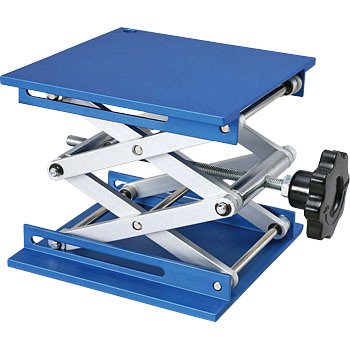
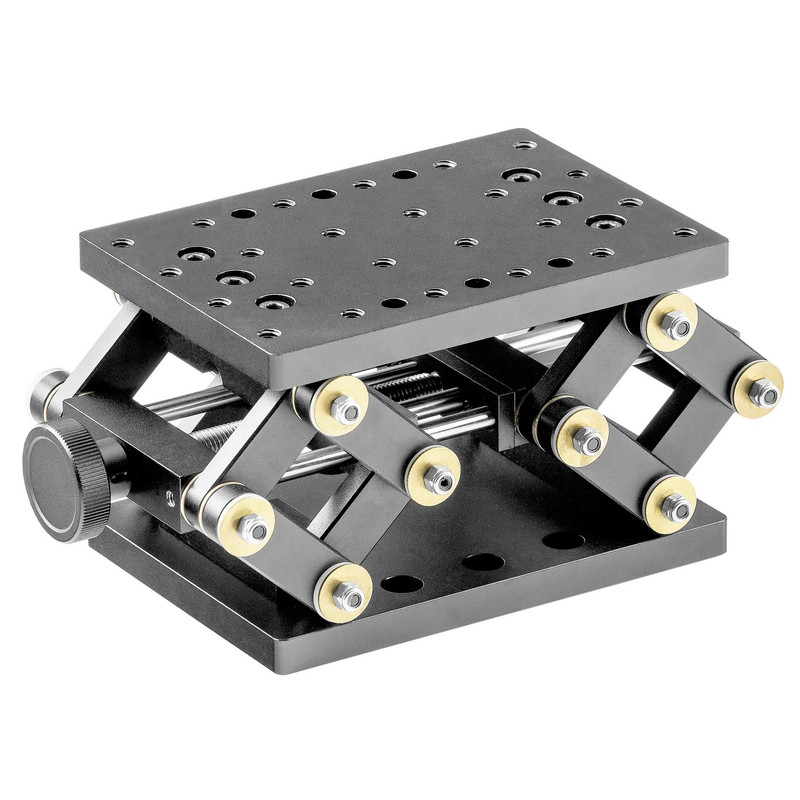
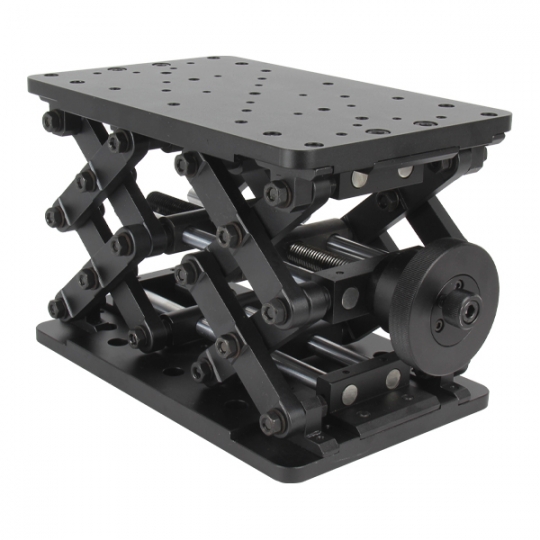
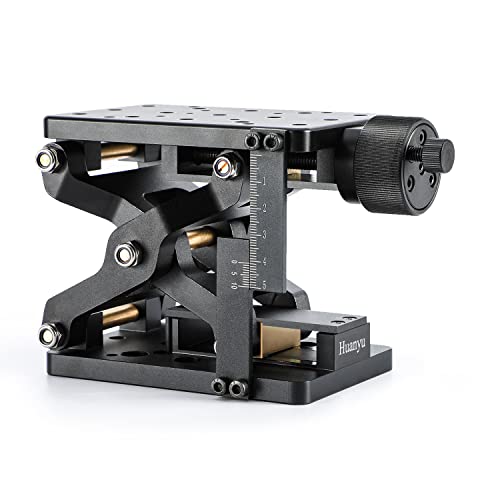
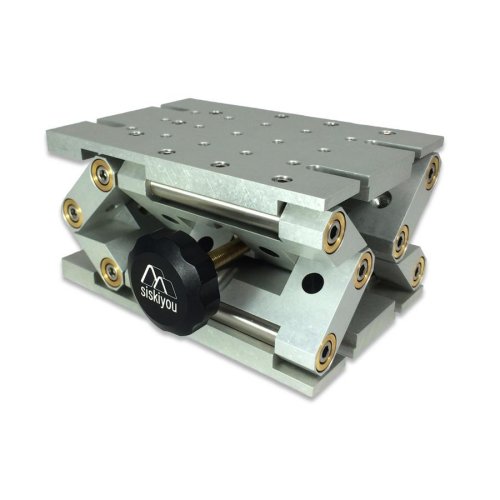
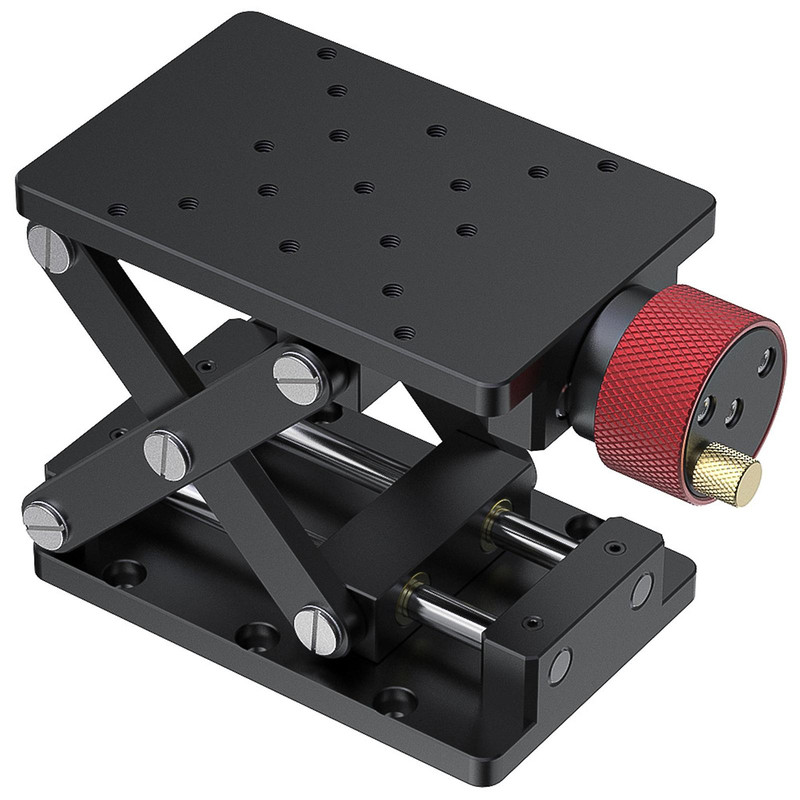
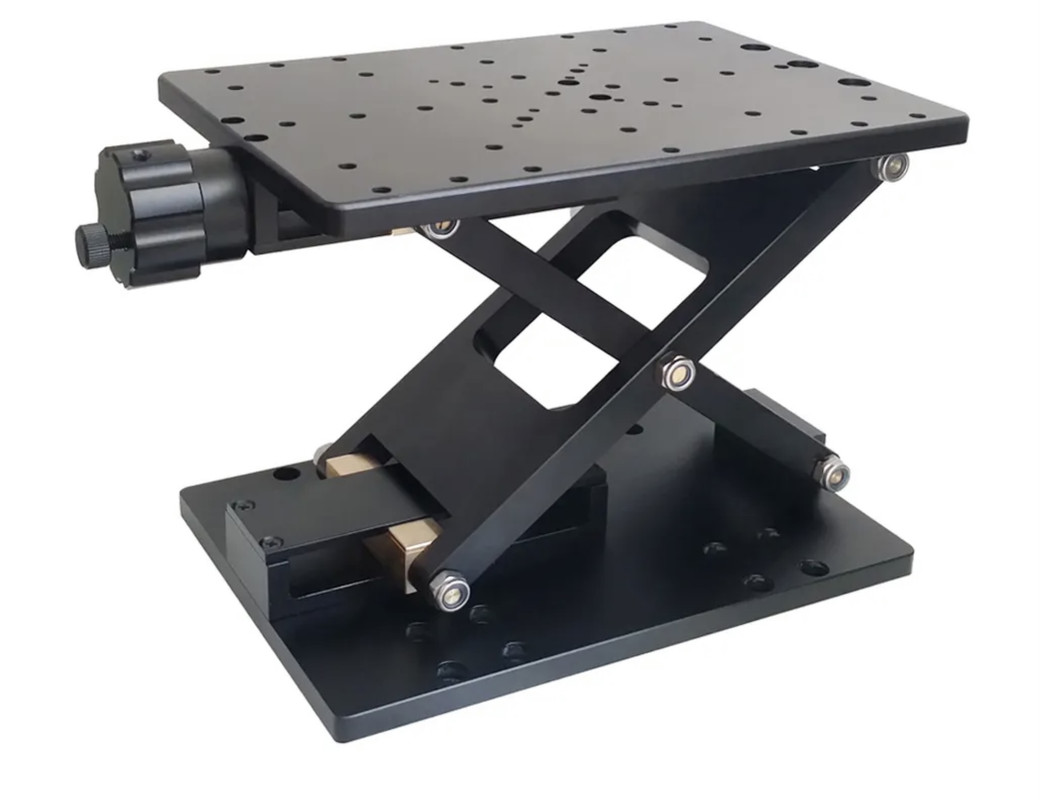
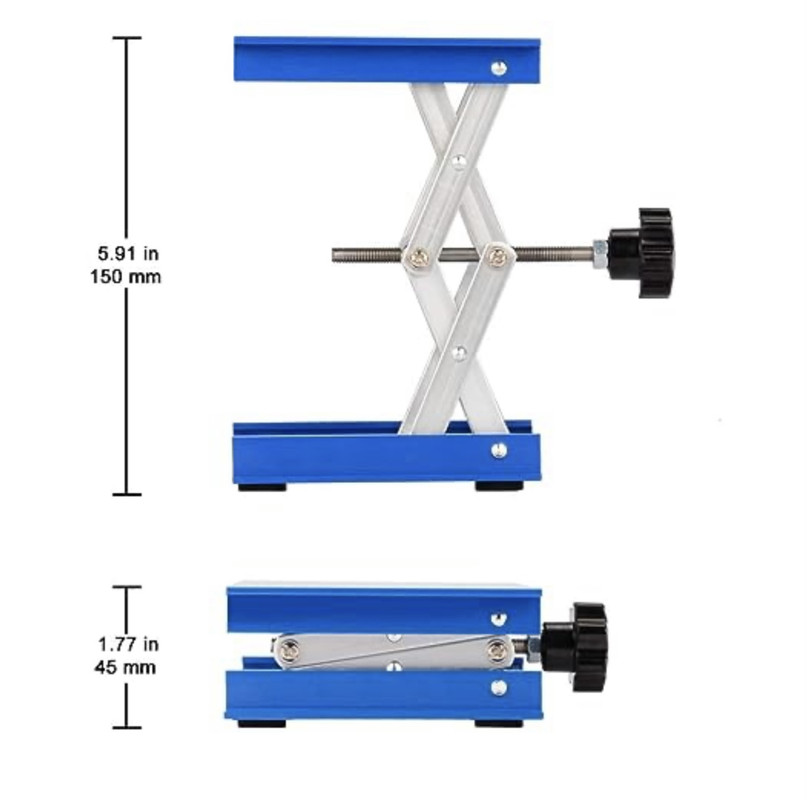









 Register
Register Log-in
Log-in


